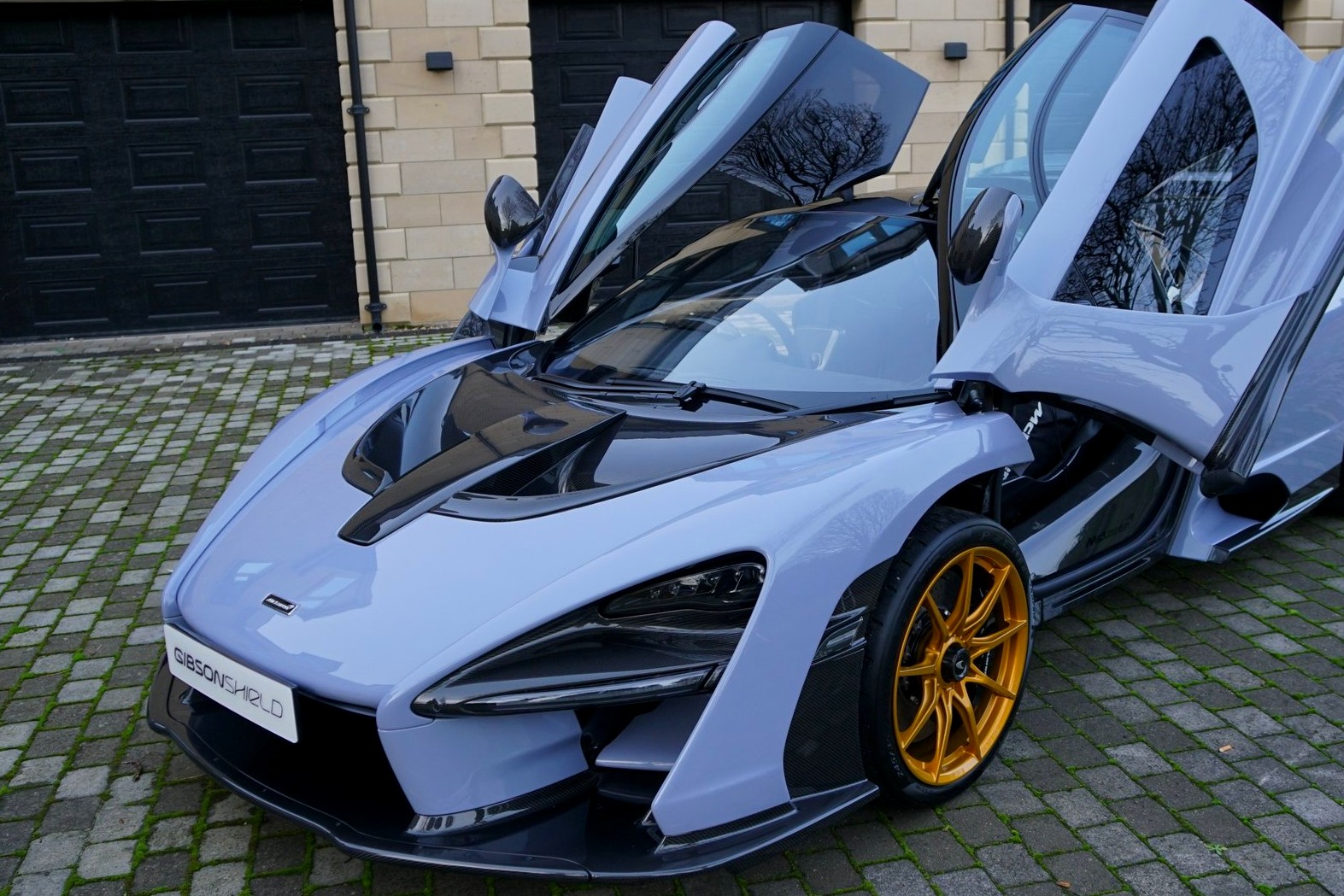The 23rd World Insights
Exploring the untold stories and events from around the globe.
Speed Demons Unleashed
Unleash your need for speed! Discover thrilling stories and tips from the world of fast cars and adrenaline-pumping rides. Join the journey!
Top 10 Fastest Cars in the World: A Speed Demon’s Paradise
When it comes to automotive engineering, nothing captivates the imagination quite like the fastest cars in the world. These mechanical marvels are designed for exhilarating speed, blending cutting-edge technology and stunning aesthetics. In this thrilling countdown, we will explore the top 10 fastest cars that have pushed the boundaries of what is possible on four wheels. From the aerodynamic shapes to the powerful engines, each car in this elite category represents the pinnacle of performance and speed.
- Bugatti Chiron Super Sport 300+ - Topping the charts with a staggering speed of 304 mph, this masterpiece combines 1,600 horsepower with a sleek design.
- SSC Tuatara - Known for its dynamic engineering, the Tuatara reached an impressive 282.9 mph, showcasing why it’s a favorite among speed enthusiasts.
- Koenigsegg Jesko Absolut - Built for ultimate performance, this car promises to exceed 300 mph, with a jaw-dropping 1,600 horsepower.
- Hennessey Venom F5 - Aiming for a top speed of 311 mph, the Venom F5 is engineered to redefine speed limits.
- Bugatti Veyron Super Sport - A legendary name in the world of speed, it held the title of fastest car for years at a top speed of 267 mph.
- Rimac C_Two - This all-electric hypercar combines eco-friendliness with speed, achieving 258 mph while generating 1,914 horsepower.
- Aston Martin Valkyrie - Designed with Formula 1 technology, it can reach speeds over 250 mph with a hybrid powertrain.
- Pagani Huayra BC - Not just about speed, the Huayra BC offers unparalleled craftsmanship and a top speed near 238 mph.
- McLaren Speedtail - As McLaren’s fastest car, it reaches 250 mph with futuristic design and hybrid technology.
- Lotus Evija - This electric hypercar boasts 2,000 horsepower and aims for a top speed around 200 mph, ushering in a new era for speed.

How to Choose the Perfect Performance Tires for Your Speed Demon
Choosing the perfect performance tires for your speed demon requires a balance of several key factors. First, consider the driving conditions you’ll encounter most often. Will you be racing on dry tracks, or do you need tires that perform well in wet weather? Additionally, take note of your vehicle’s specifications, including its weight and power output. Compatibility with your car is crucial, so refer to the manufacturer's recommendations to ensure a proper fit.
Next, evaluate the different types of performance tires available on the market. Ultra-high performance tires are ideal for enthusiasts who crave speed and cornering precision, while high performance tires provide a balance between handling and comfort. Always prioritize the tire's tread pattern and rubber composition, as these elements greatly affect traction and durability. By understanding these components, you can confidently select tires that enhance your vehicle's capabilities and elevate your driving experience.
What Makes a Car Truly a 'Speed Demon'?
When we think about what makes a car truly a 'Speed Demon', several factors come into play. First and foremost is the engine performance; powerful engines with high horsepower and torque figures propel a vehicle to impressive speeds. Additionally, the vehicle's weight-to-power ratio plays a crucial role. A lighter car with a powerful engine can accelerate faster and achieve higher top speeds than its heavier counterparts. Features like aerodynamic design, which reduces drag, and advanced suspension systems that improve handling are also vital components that contribute to a car's speed capabilities.
Moreover, the technology incorporated into modern vehicles cannot be overlooked. Cars equipped with turbochargers, or hybrid powertrains often outperform more traditional engines due to their ability to maintain higher efficiency without sacrificing power. The choice of tires and braking systems is equally critical; high-performance tires provide better traction and stability at speeds, while superior brakes ensure safety during rapid deceleration. Ultimately, a true 'Speed Demon' is a harmonious blend of engineering excellence, cutting-edge technology, and materials that focus on performance, making it capable of thrilling speeds on both the racetrack and the open road.